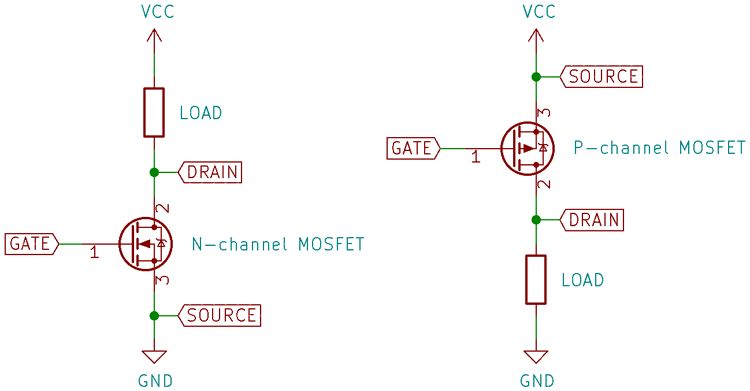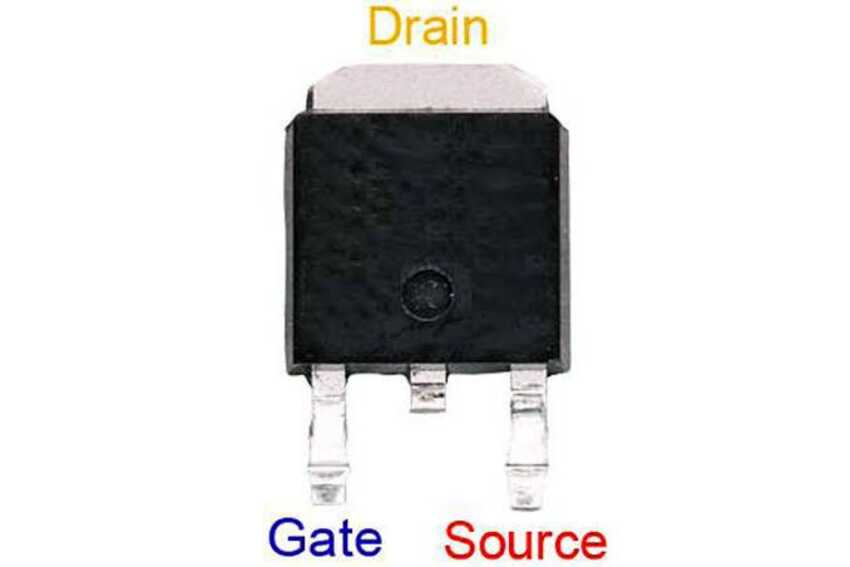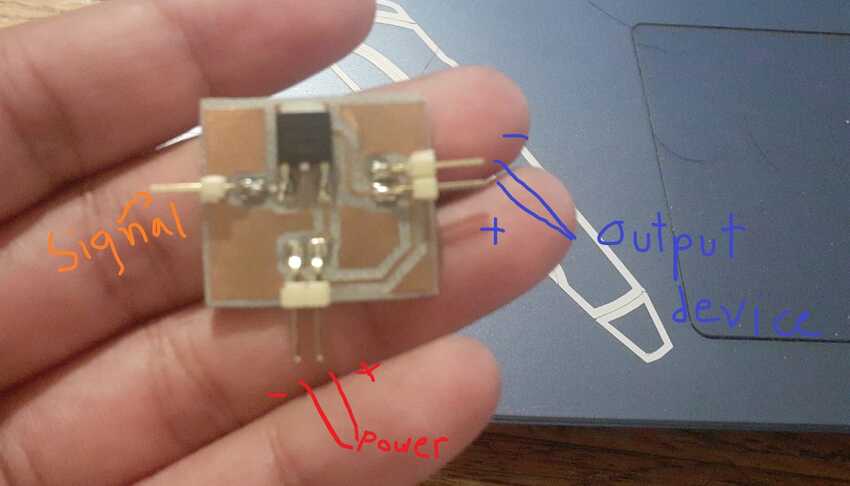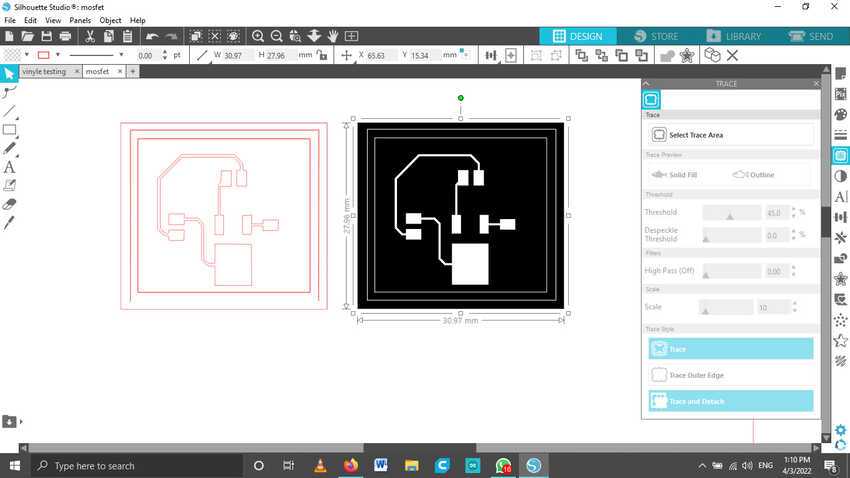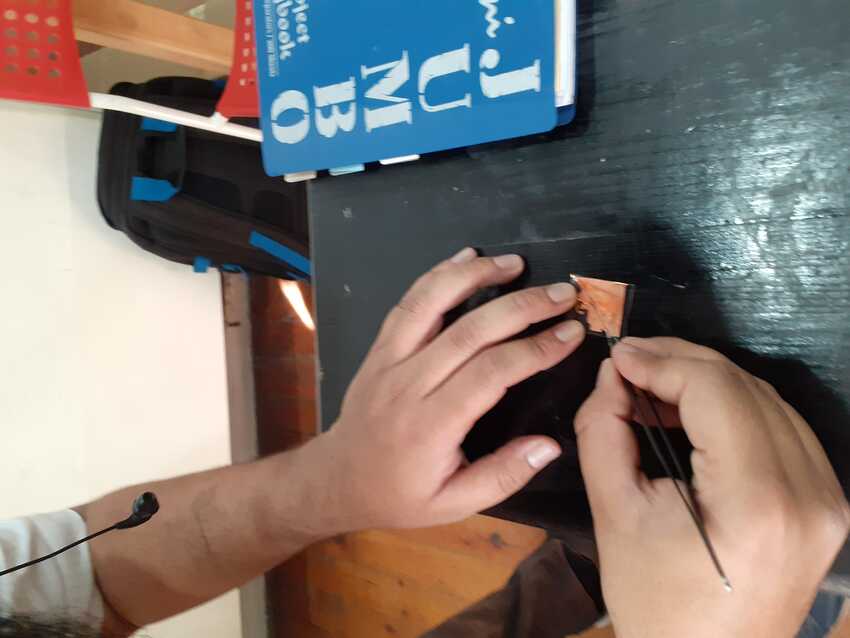Example of display:
I then practiced on a small LCD 16 x 2 with a 12c module , at first I couldn't find a complete code with a liquid crystal library. Special thanks to amany ayman who gave me the code needed.
This is the new code
//Compatible with the Arduino IDE 1.0
//Library version:1.1
#include
#include
LiquidCrystal_I2C lcd(0x27,20,4); // set the LCD address to 0x27 for a 16 chars and 2 line display
void setup()
{
lcd.init(); // initialize the lcd
lcd.init();
// Print a message to the LCD.
lcd.backlight();
lcd.setCursor(3,0);
lcd.print("Hello, world!");
lcd.setCursor(2,1);
lcd.print("Ywrobot Arduino!");
lcd.setCursor(0,2);
lcd.print("Arduino LCM IIC 2004");
lcd.setCursor(2,3);
lcd.print("Power By Ec-yuan!");
}
void loop()
{
}

